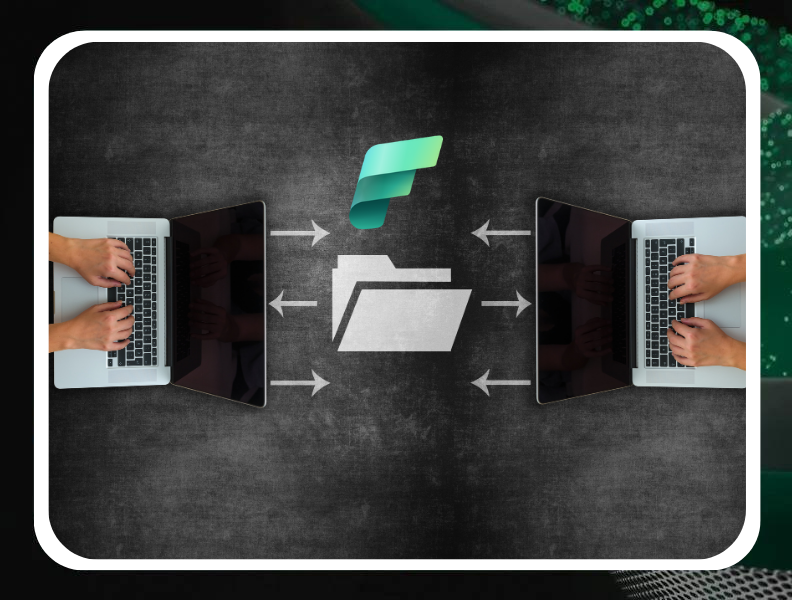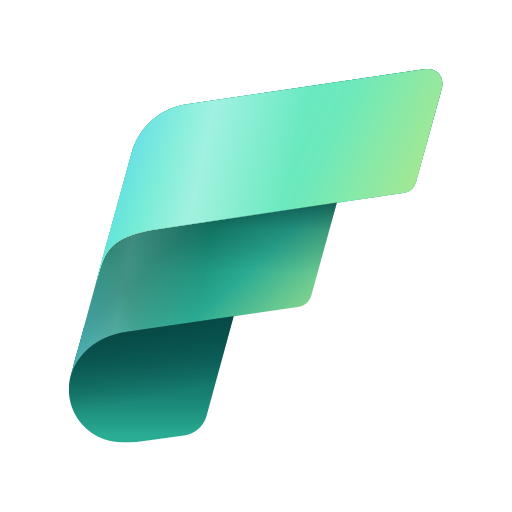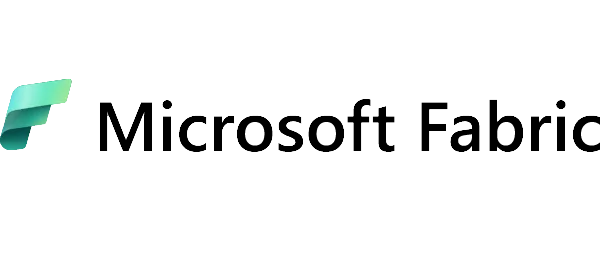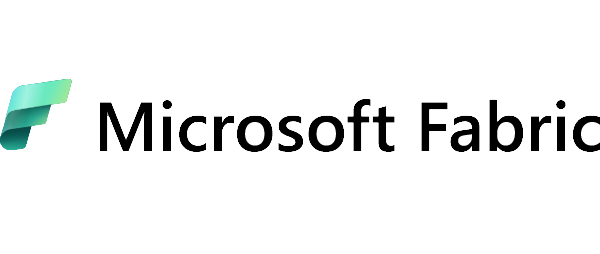
Data sharing in Microsoft Fabric is a key functionality that enables efficient and secure collaboration between users and organizations. Whether you need to share reports within a team or transfer data between different tenants, Fabric offers flexible solutions tailored to modern business needs. In this article, we will explore how data sharing in Fabric works, the available options, and how to effectively use these capabilities in daily operations.
Why is data sharing in Fabric important?
Effective team collaboration requires tools that allow seamless access to information while maintaining the highest security standards. Thanks to its flexibility, Microsoft Fabric enables organizations to:
- collaborate between teams within a single environment,
- maintain control over access to sensitive data,
- reduce the need for data duplication through in-place sharing mechanisms.
With these capabilities, Fabric becomes an indispensable tool for companies that prioritize innovation and efficiency.
How does data sharing in Fabric work?
There are two primary types of data sharing in Fabric:
- within a single environment,
- between multiple tenants.
Let’s take a closer look at how they work and what they offer.
Sharing within a single environment
Within a single Fabric environment, users can share data and reports through workspaces. These workspaces allow:
- assigning user roles such as owner, member, or viewer,
- granting permissions for specific items, such as reports, tables, or datasets.
Methods of sharing data within a single environment
Sharing links
- you can generate a link available to everyone within the organization,
- links can be restricted to users with existing access or specific individuals.
Sharing with a specific person or group
- allows precise control over who can access the data,
- enables sending email notifications to recipients.
Modifying permissions
- let’s you manage existing links at any time, add or remove users, and adjust access levels.
Sharing between tenants
Cross-tenant data sharing in Microsoft Fabric is an advanced functionality that facilitates collaboration between organizations. It allows OneLake data to be shared in-place, eliminating the need for duplication.
How does cross-tenant sharing work?
- Data is shared by creating shortcuts in OneLake that point to the original data in the provider’s tenant.
- Users in the second tenant have read-only access to the shared data.
- Shortcuts can be used in Fabric-compatible environments such as Lakehouses.
Benefits of in-place sharing
- No need to duplicate data, reducing the risk of unauthorized use.
- Faster data access.
- Lower costs associated with data transfer and storage.
How to configure data sharing in Fabric?
Step 1: Prepare the data
Ensure that the data you want to share is stored in supported Fabric items, such as Lakehouses or datasets.
Step 2: Choose the sharing method
Decide whether you want to share data within the organization or externally. Then, choose the appropriate method:
- Sharing within the organization:
- Select the “People in your organization” option.
- Set the appropriate access level: read-only, edit, or share permissions.
- Cross-tenant sharing:
- Ensure that administrators of both tenants have enabled external data sharing.
- Create a shortcut in OneLake and invite users from the other tenant to accept the shared data.
Step 3: Manage permissions
- Use the permissions management panel to monitor who has access to the data.
- Adjust access levels or revoke permissions if needed.
Data security in Microsoft Fabric
Data sharing requires ensuring an adequate level of security. Fabric implements several mechanisms to minimize risks:
- user roles – access to data is restricted to users with the appropriate permissions.
- data encryption – all data is transmitted and stored in an encrypted format.
- access control mechanisms – administrators can precisely manage who has access to shared data.
Use cases for data sharing in Fabric
Data sharing in Fabric is applicable across various industries and scenarios:
- Finance
- Sharing financial reports between departments within a single organization.
- Providing external auditors with read-only access to financial data.
- Manufacturing
- Analyzing production line efficiency using data from multiple plants.
- Commerce
- Forecasting sales using historical data stored in local environments.
Why should you use Microsoft Fabric?
Data sharing in Fabric is not only convenient but also enhances efficiency in data management. With advanced features such as cross-tenant sharing and flexible permission management, Fabric enables organizations to:
- make faster data-driven decisions.
- improve collaboration between teams.
- increase control over data security.
Need help configuring Microsoft Fabric?
If you’re wondering how to effectively use data sharing in Fabric in your organization, contact the EBIS specialists. Our team will help you configure Fabric, customize its features to your needs, and optimize analytical processes.
Get in touch with us today and unlock the full potential of Microsoft Fabric!



